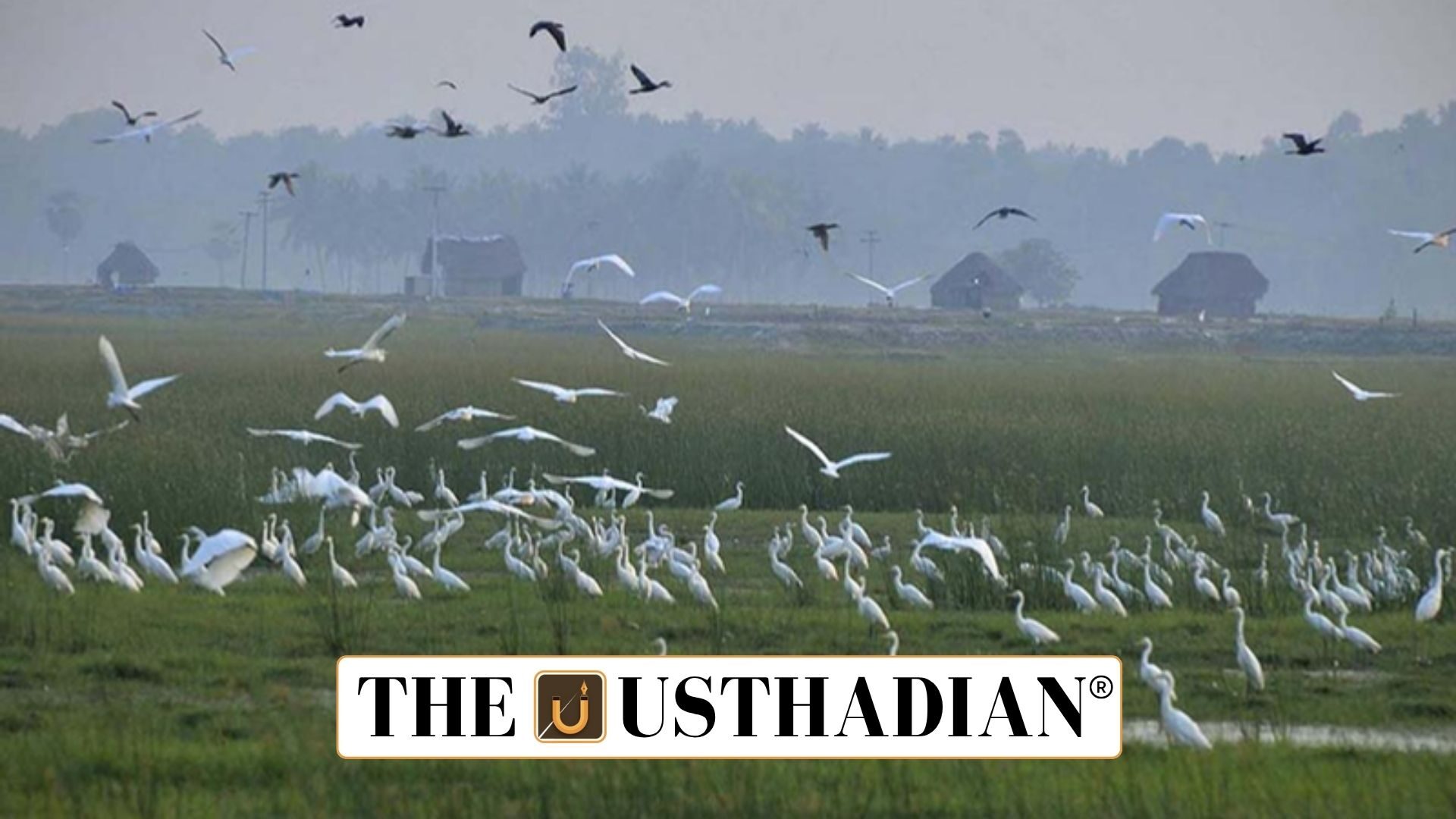New Recognition for Bihar Wetlands
Bihar’s Two New Ramsar Sites: Two wetlands in Bihar have recently been designated as Ramsar Sites. These are Gokul Reservoir in Buxar district and Udaipur Lake in West Champaran district. With this recognition, India now has 93 Ramsar Sites, covering a combined area of 1,360,719 hectares.
Bihar earlier had three Ramsar Sites – Kabar Jheel (Begusarai) and the Nagi and Nakti Bird Sanctuaries (Jamui district). The new inclusions further strengthen Bihar’s ecological significance at the international level.
Features of the New Wetlands
Both the newly recognised wetlands are oxbow lakes, formed through river meandering. An oxbow lake is a crescent-shaped waterbody formed when a river meander is cut off from the main channel.
Gokul Reservoir is situated on the southern edge of the Ganga River in Buxar district. Its unique location makes it a crucial habitat for aquatic biodiversity.
Udaipur Lake lies within the Udaipur Wildlife Sanctuary in West Champaran. It is an important wintering site for migratory species such as the Common Pochard (Aythya ferina).
Static GK fact: The Common Pochard is listed as Vulnerable under the IUCN Red List.
Ramsar Convention
The Ramsar Convention on Wetlands was adopted in 1971 in Ramsar, Iran. It is an intergovernmental treaty under UNESCO. The main objective is the conservation and wise use of wetlands through local and international cooperation.
India ratified the convention in 1982. Today, it is one of the leading countries in terms of the number of Ramsar sites.
Criteria for Ramsar Recognition
For designation, a wetland must meet at least one of nine criteria. These include:
- Regularly supporting 20,000 or more waterbirds
- Hosting significant numbers of migratory species
- Supporting populations of threatened or endemic species
- Maintaining biological diversity
Static GK Tip: The largest Ramsar Site in India is the Sundarbans (West Bengal), and the smallest is Renuka Lake (Himachal Pradesh).
Significance of the New Inclusions
The recognition of these wetlands will enhance conservation funding, boost eco-tourism potential, and improve biodiversity monitoring in Bihar. It also strengthens India’s global commitments under the Ramsar framework and promotes awareness of wetland ecosystems as vital resources.
Static Usthadian Current Affairs Table
Bihar’s Two New Ramsar Sites:
| Topic | Detail |
| Total Ramsar Sites in India | 93 |
| Total area under Ramsar Sites | 1,360,719 hectares |
| New Ramsar Sites in Bihar | Gokul Reservoir, Udaipur Lake |
| Districts of new sites | Buxar, West Champaran |
| Existing Ramsar Sites in Bihar | Kabar Jheel, Nagi Bird Sanctuary, Nakti Bird Sanctuary |
| Convention adopted | 1971 (Ramsar, Iran) |
| India ratification | 1982 |
| Governing body | UNESCO |
| Largest Ramsar Site in India | Sundarbans (West Bengal) |
| Smallest Ramsar Site in India | Renuka Lake (Himachal Pradesh) |








